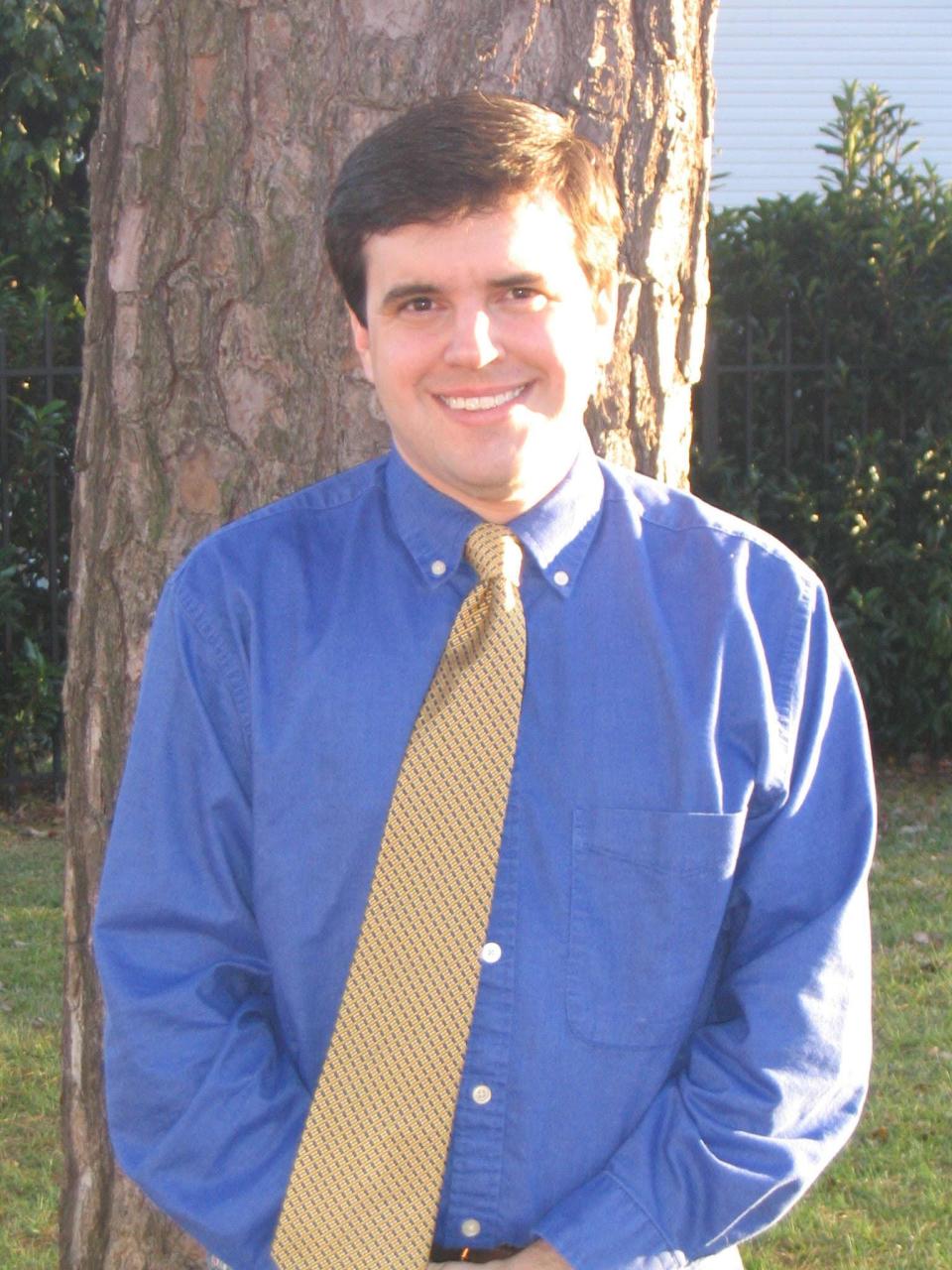Bridges column: Texas City and the worst industrial accident in U.S. history
It started out as a typical spring day for the busy port of Texas City in 1947. It was a growing city that was thriving with peacetime prosperity. As home to many oil refineries, chemical plants, and ports, Texas City had a lot to offer the world and had nearly tripled its population since the beginning of World War II. But a looming disaster lay in their midst. An accident on one ship would lead to a horrible chain reaction of explosions that would leave 547 people dead in the worst industrial accident in American History.
The ship in question was the French cargo ship Grandcamp. The vessel itself was unremarkable. It had only been commissioned five years before as a Liberty ship during World War II. Its original American designation was the Benjamin R. Curtis. It had served faithfully running cargo to various posts across the Pacific during World War II. It had a good safety record, and it was given to France after the war to help the nation rebuild its economy.

The Grandcamp was being loaded up with a variety of cargo including peanuts and tobacco. Among its cargo were far more volatile products, including 872 tons of ammonium nitrate, a common fertilizer, and 1,600 tons of sulfur. The ammonium nitrate had been shipped by train from Nebraska and had been sealed for protection. Transport and loading had been uneventful.
Sometime in the early morning of April 16, the ammonium nitrate began to react. Just before 8 AM, longshoremen inspecting the cargo noticed some of it was starting to smoke and immediately tried to put it out, using what fire extinguishers and water was available. No effect. After a few minutes, the Grandcamp captain ordered the men to leave and ordered the hold sealed and began pumping in steam to try to smother the flames and save the ship. But the effort was useless, and the growing pressure in the hold caused the hatches to pop off by 8:30, causing the orange smoke of nitrogen oxide to erupt into the air. Firefighters were called, but Texas City only had a volunteer department and the small firefighting team of the Republic Oil Refinery. Desperate attempts were made to put out the growing fire, but their best efforts were failing.
Then at 9:12, the ship exploded. A horrible fireball engulfed the port, spreading two thousand feet in every direction, mercilessly destroying everything in its path, including a ship docked 600 feet away. The shockwave wrecked ships throughout the bay. More than a thousand buildings were destroyed, with windows blown out ten miles away, as far as Galveston. More than 500 homes were destroyed. The blast left every car in a parking lot a quarter mile away a burning ruin. The nearby Monsanto Chemical Plant was also destroyed, leading to more explosions and leaving one-third of its 450 employees dead. Twenty-seven firefighters were killed. Fires raged on ships throughout the night, leading to more blasts the next day.
More than 5,000 people were reported injured. Fires across the city raged throughout the day, with fire departments from nearby cities joining the fight to save the city. Property damage was estimate at more than $100 million (or nearly $1.4 billion in 2023 dollars), one of the highest totals ever. Court cases raged for years, but Congress eventually stepped in and made nearly 1,400 payments to individuals through 1957.
The Grandcamp’s two ton anchor was later found 1.6 miles away. It is still on display as part of a memorial to the victims. Dozens of bodies could never be identified and were later buried at a nearby memorial established for the victims. No clear cause of the fire was ever identified, but a series of human errors has been most often identified by scholars and officials. The city rebuilt and new safety procedures were enacted. The Texas City Fire Department was quickly transformed into a full-time department. The city never forgot the horrors of April 16, 1947.
Ken Bridges is a writer, historian and native Texan. He holds a doctorate from the University of North Texas. Bridges can be reached by email at drkenbridges@gmail.com.
This article originally appeared on Amarillo Globe-News: Bridges: Texas City and worst industrial accident in U.S. history

